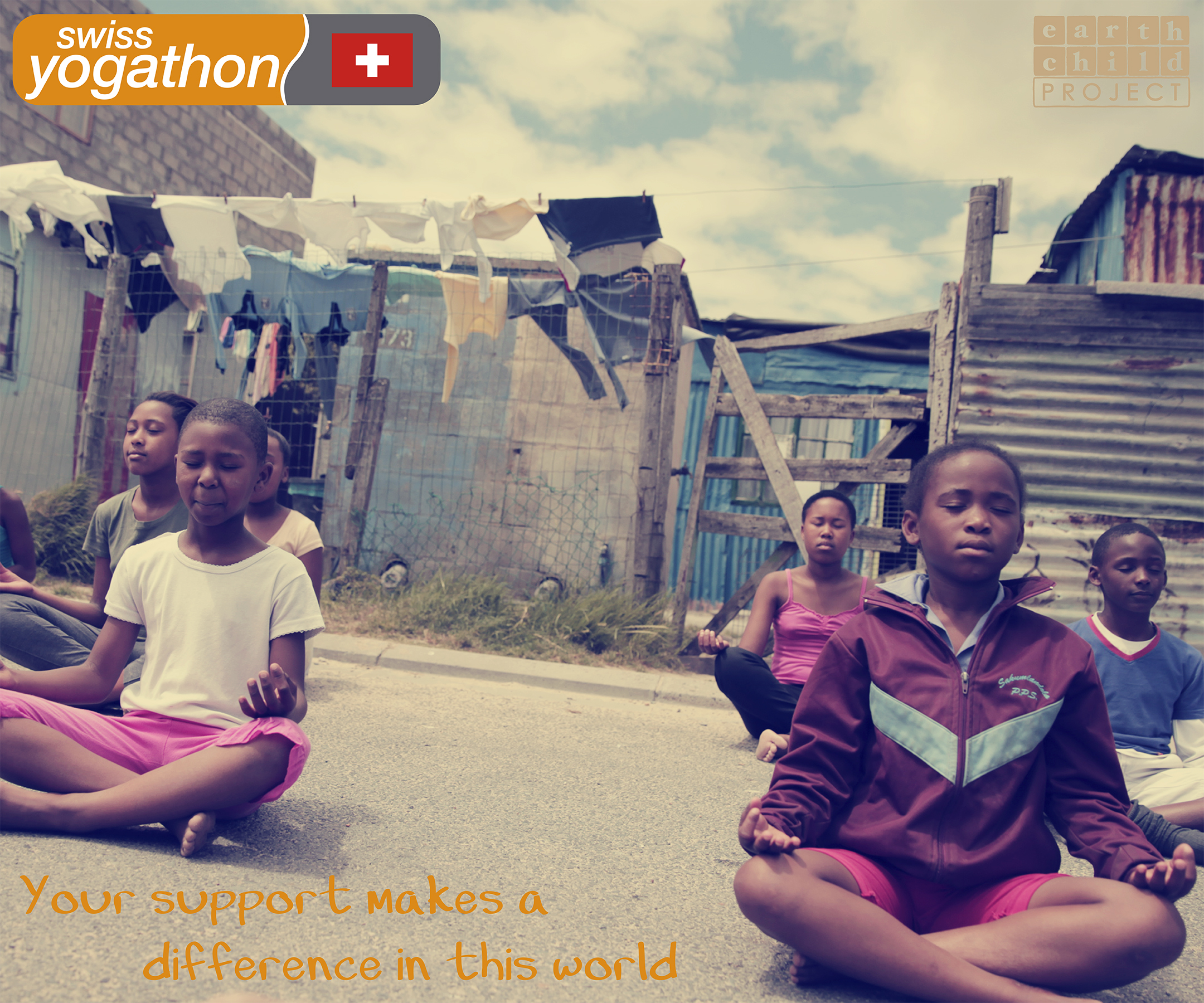When was the last time you experienced joy? Trying to recall that emotion, we realise that when you are feeling it, at least for a brief time, you are not in your head, but rather, you are feeling it with your whole body. We memorise emotions in our bodies, and like all other emotions, joy has its own unique biological signature.
The Duchenne smile is said to express true joy, the distinctive features being a smile that raises the lips at each corner of the mouth and where the muscle that circles the eye contracts, pulling down the eyebrows and pulling the skin up below the eye and raising the cheeks. The Pan Am smile is said to show friendliness, but not with joy, as the smile lacks the contraction of the eye orbit muscle.
Various forms of joy can include feeling carefree, jubilant, cheerful, happy, amused, a deep sense of satisfaction, contentment or gratification as a result of hard work or achieving a goal. Many events in life bring people joy, including birth of a child, being with a loved one, sexual relations, weddings, major achievements or being with people you are attached to, but often, joy is a surprise – a moment we’re taken of guard from our physical, emotional and mental routines.
It is often fleeting and can move you so quickly, a range of other emotions begin to emerge – happiness, awe, wonder, delight and even relief or sadness, although by the time you are experiencing sadness, you have engaged your mind. It is said that the benefit of joy is it rewards us for reaching our goals, contrasting and complementing the negative emotions of fear, anger, jealously and envy, although the danger of this emotion, is the temptation to seek pleasure at the expense of gratification, pursuing an impulse rather than a goal that supports our values. It is a powerful emotion and the opposite of fear – our second most influential emotion.
Joy is often associated with happiness, although there are subtle nuances. Happiness is an emotion ranging from contentment and satisfaction to bliss and intense pleasure. It can be dependent on our circumstances occurring in accordance with our desires, or may be caused by luck, good fortune, materialistic or other worldly pleasures. Being happy as a result of good circumstances is natural, however we cannot rely on having good circumstances all the time. Happiness comes from outside things whereas joy is about inner self. Joy warms a person’s heart bringing true contentment, while happiness merely pleases.
Our cultural obsession with the pursuit of happiness generally means that situations that generate unhappy states such as anger, anxiety or guilt are to be avoided at all costs, but happiness cannot be controlled. It is not a dial that can be turned up or down at will. Our hormone levels, the temperature, time of day and circadian rhythms can all affect our happiness
Joy is derived from soul satisfying, emotional wellbeing. It is caused by elation at a moment in time, and is a stronger, less common feeling than happiness. It occurs within us when we develop an appreciation for the constants in life – the air, the water, a warm bed, a smile, our relationships with people, freedom, nature and through achieving selflessness. Happiness can be experienced from any good activity, food or company, whilst joy is a by-product of a lifestyle. One way to understand the difference between joy and happiness is to look at the opposites of the two feelings. The opposite of joy is fear, whilst the opposite of happiness is unhappiness or misery. It’s not about seeing one as better than the other, but more about understanding that they are just different.
Advancing medical technology teaches us how the human physiology and psyche are affected by negative and positive emotions. When experienced in a prolonged state, our three primary negative emotions – fear, anger and sadness can have devastating effects on our bodies, whilst a positive emotion such as joy is like medicine to the body.
Joyful people tend to have many things in common – they are in good health, are appreciative and thankful and value discipline and strong relationships. In order to cultivate this emotion takes a commitment to conscious thought and awareness of how we process external events in our lives. We need to regularly explore the beliefs that motivate our behavioural choices and avoid comparison which is known to be one of the cognitive factors that causes emotions like anger, frustration and envy. To be mindfully present is the foundation for experiencing joy, with gratitude, which is one of the most powerful aspects of developing greater mindfulness in every part of your life…and this is what the practice of yoga allows us to achieve.






